We may earn revenue from the products available on this page and participate in affiliate programs. Learn More ›
Get Prepared Ahead of Time
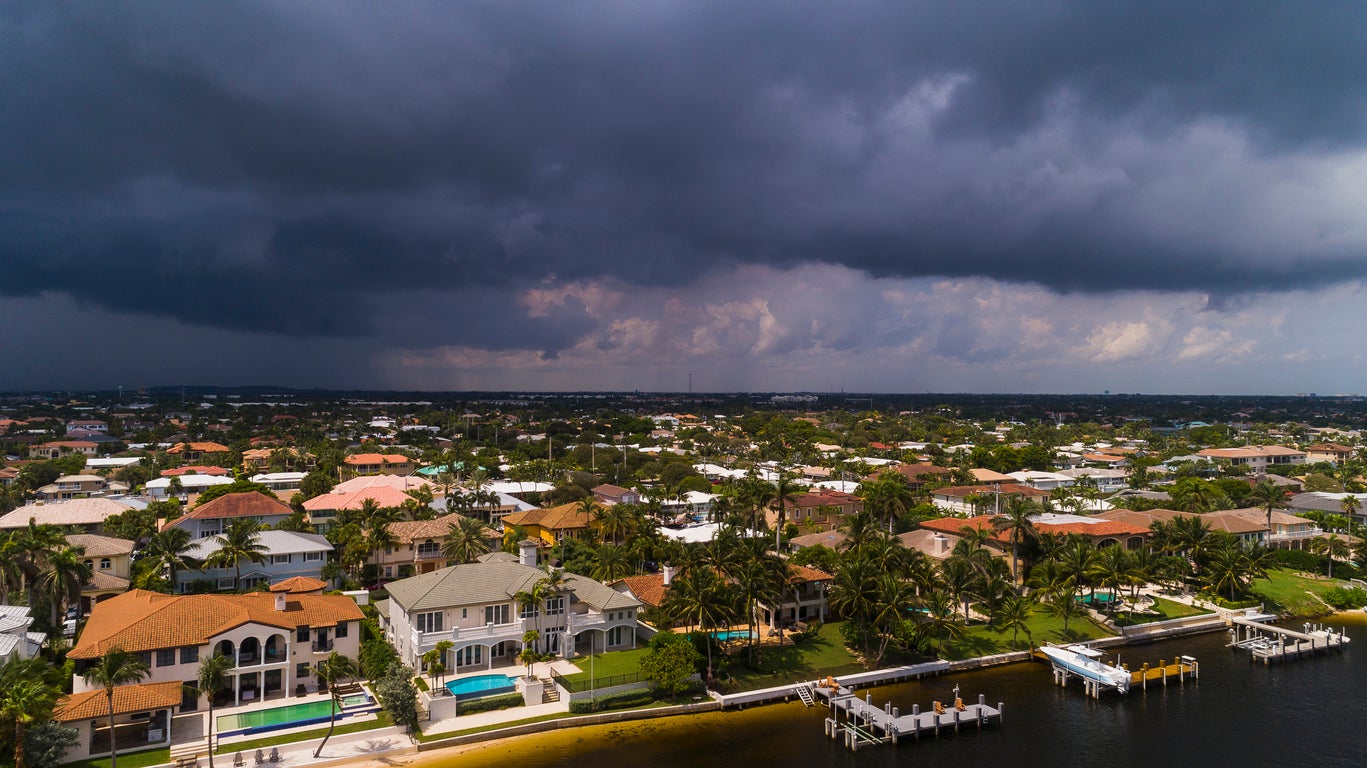
If you live in coastal regions of the South, hurricanes pose an annual threat. That doesn’t mean you have to live in fear, helplessly awaiting the arrival of the next storm. There are many simple and affordable preparations you can make that can help protect your home from damage—and keep your family safe before hurricane season looms.
Be Smart, Not Scared
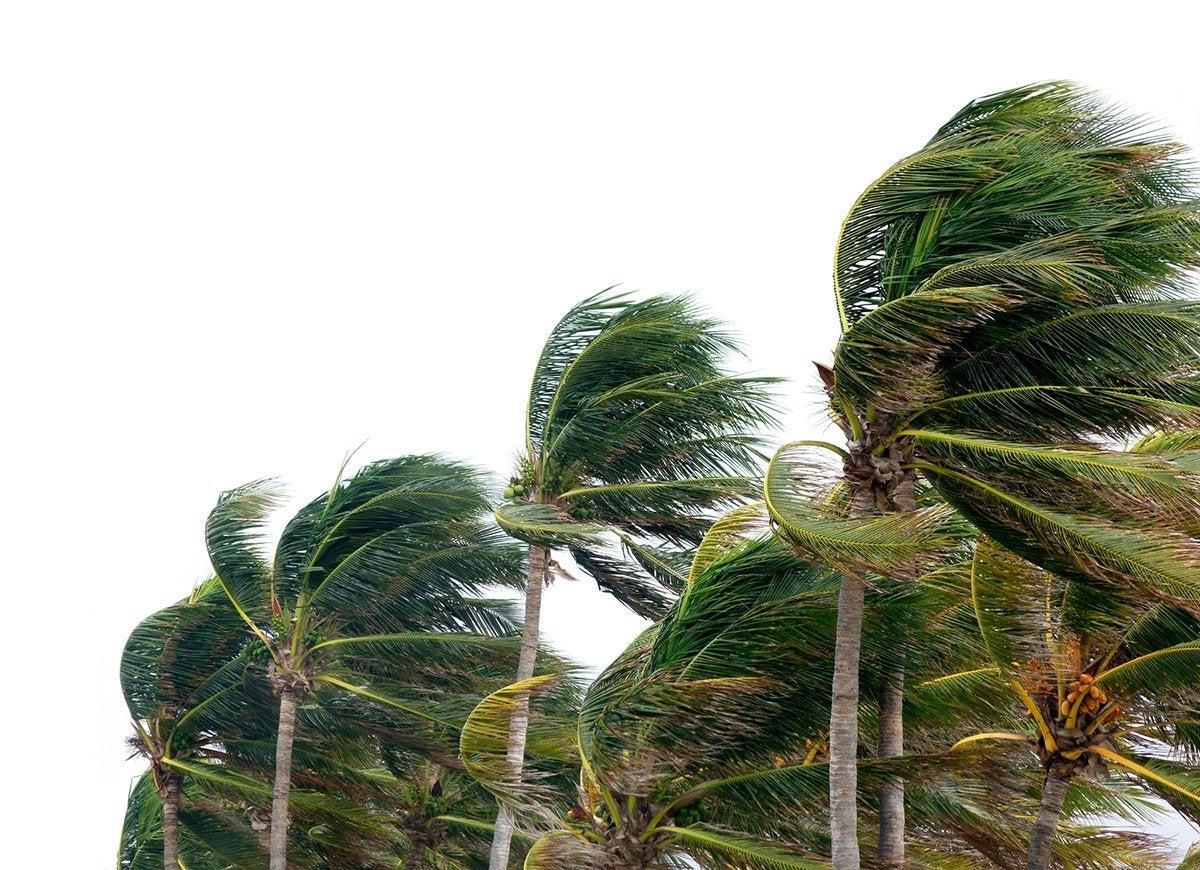
Hurricanes are intense tropical cyclones with sustained winds reaching 74 mph, qualifying them as a Category 1 storm (based on the Saffir-Simpson Hurricane Wind Scale, which has a range of 1 to 5). A typical year averages around 12 named storms, six hurricanes, and three major hurricanes, but in 2020, nine storms were named using the Greek alphabet after the entire 21-name Atlantic list was used. Seven of these storms were billion-dollar disasters, according to the National Oceanic and Atmospheric Administration (NOAA).
Technically, hurricane season in the North Atlantic runs from June 1 to November 30, but these serious storms can form as early as May and even appear in December. Fortunately, thanks to hurricane warning apps, we can now get plenty of advance notice. Even if you do not live on a coast, you still can be in the path of hurricane-strength storms and flooding during the season. If you take smart measures, you’ll be better able to weather a hurricane if it hits your area.
Know Your Risk for Storm Surges
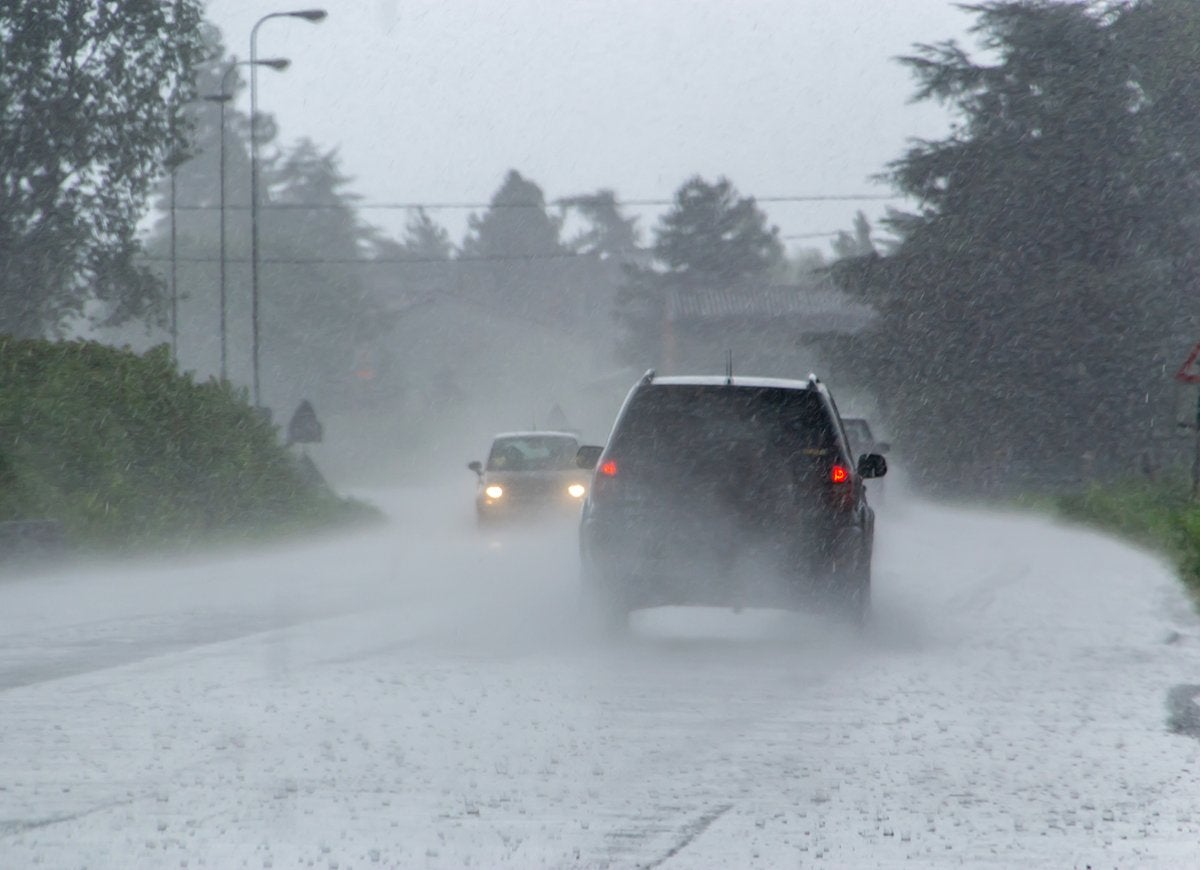
Contrary to popular belief, hurricanes are not just a coastal phenomenon. Tropical systems and coastal storms make landfall on the coast, but then track inland bringing storm surges, strong wind and rain, tornadoes, and flooding. The amount of moisture carried by the storm results in heavy rainfall well into the interior states.
According to Ready.gov, storm surges—an abnormal rise in seawater level during a storm—are the leading cause of hurricane-related deaths in the United States. Storm surges can cause power outages and other utility interruptions that can impact your ability to leave the area or obtain emergency service due to secondary flooding in nearby rivers or lowland areas. Contact your local Federal Emergency Management Agency (FEMA) office or Red Cross chapter to learn how risky your area is, and to get printed or online information about the official plans that are in place to deal with storm surges in your area.
Understand Hurricane Terminology
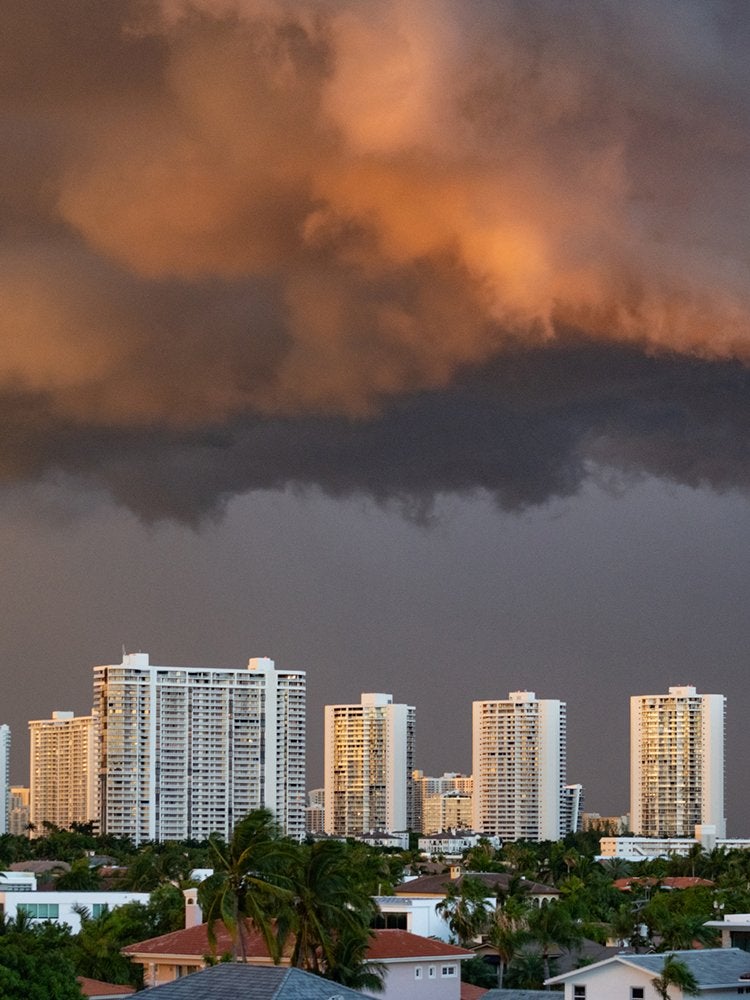
Weather forecasters use terminology to indicate the level of threat to your area. A “hurricane warning” means that a specific area is within landfall of a storm with sustained winds of 74 mph or higher. The warning is issued 36 hours in advance of the anticipated onset of tropical-storm-force winds. Warnings can remain in effect when water levels are dangerously high.
A “hurricane watch” is issued when storms with sustained winds of 74 mph or higher are possible within a specified area. Watches are issued 48 hours in advance of the anticipated onset of tropical-storm-force winds.
Make an Evacuation Plan
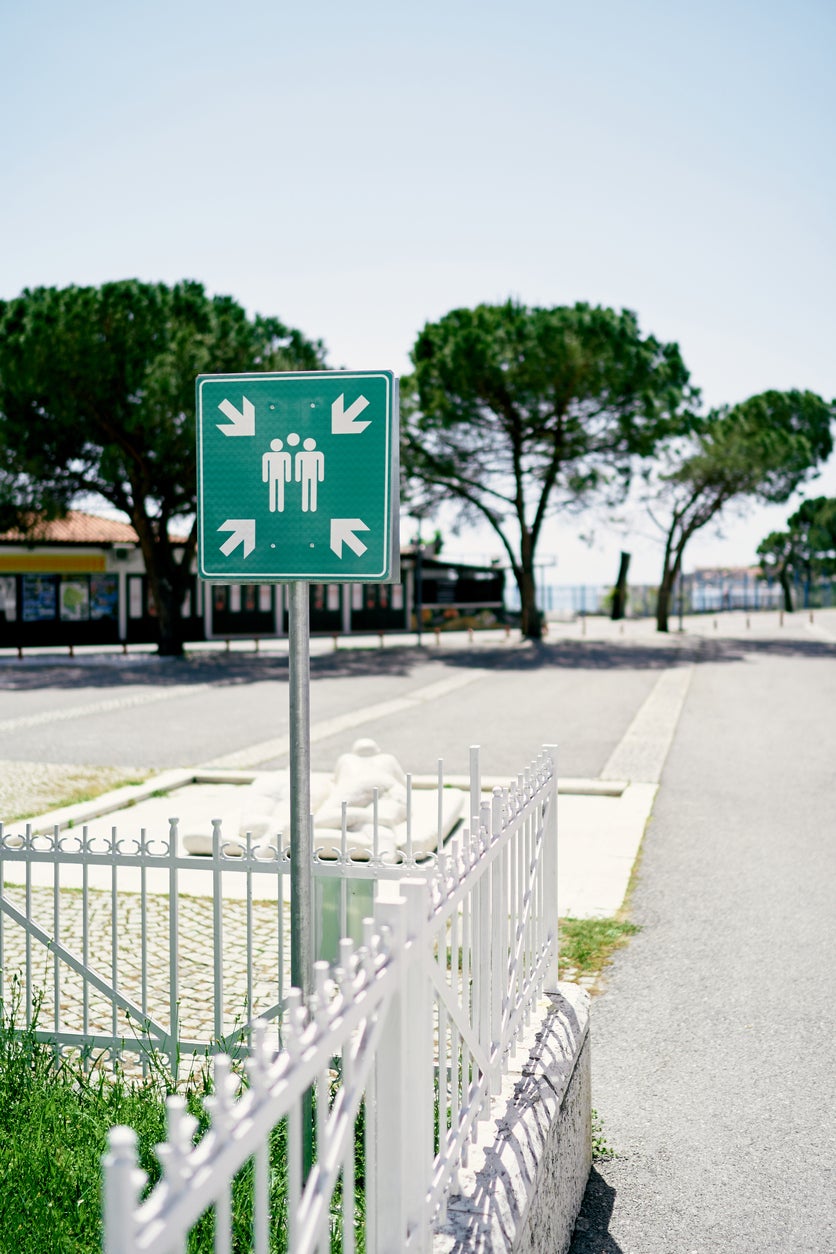
A family evacuation plan is essential, whether you live in a hurricane-prone area or not. The plan should include a predetermined meeting place in case family members aren’t together when the storm hits or get separated during the storm. Make sure to practice meeting at the location, review the evacuation route in your area with everyone in the family, and show everyone the location of the emergency kit.
Know Your Evacuation Route
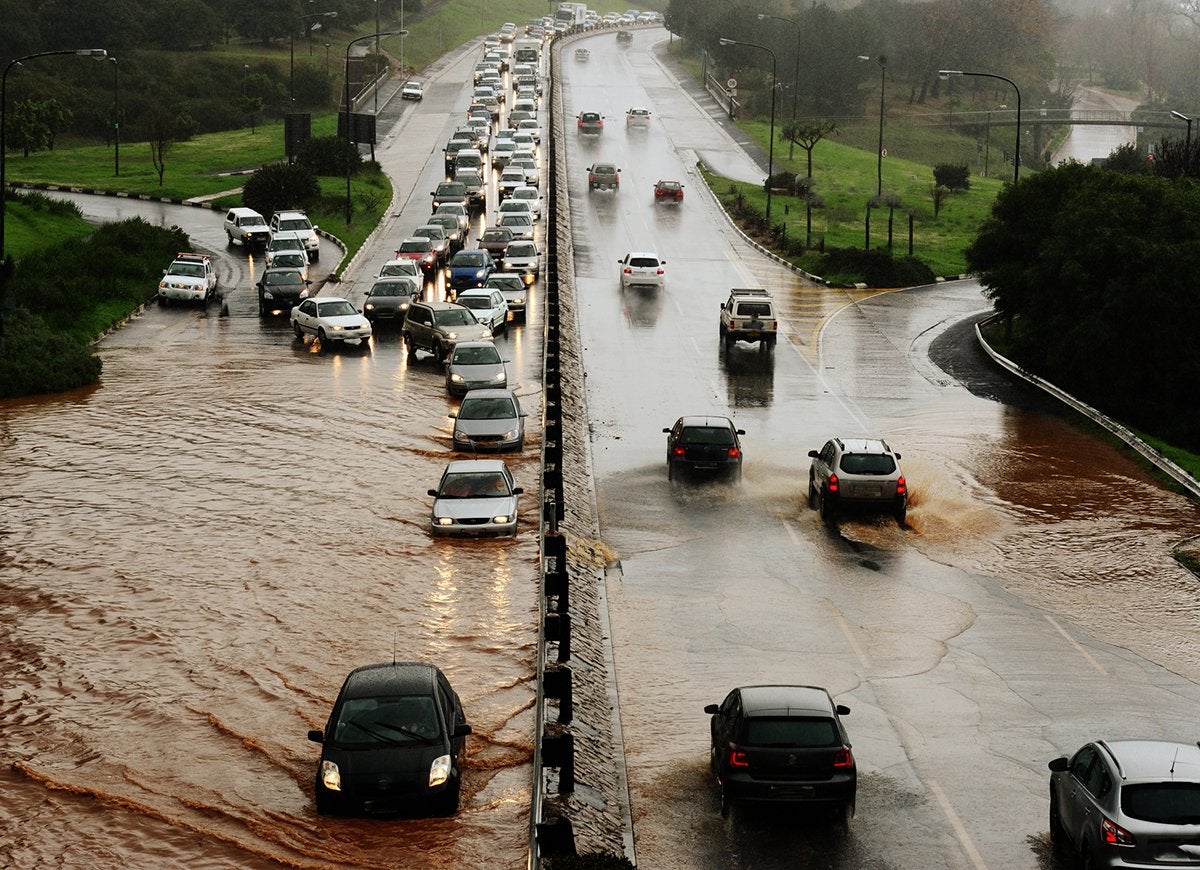
In the event of an emergency evacuation, there will be a designated route to leave your area. In addition to locating your evacuation routes in the event of an emergency, download the FEMA app for a list of local shelters that are open during an active disaster. The information is constantly updated by authorities and will reflect the emergency situation in your area.
Make sure you have back up batteries to charge your phone so you do not run the risk of being out of juice during an emergency. Also, keep paper copies of the address and phone numbers of shelters and physical maps of your evacuation routes—just in case.
Prepare an Emergency Kit
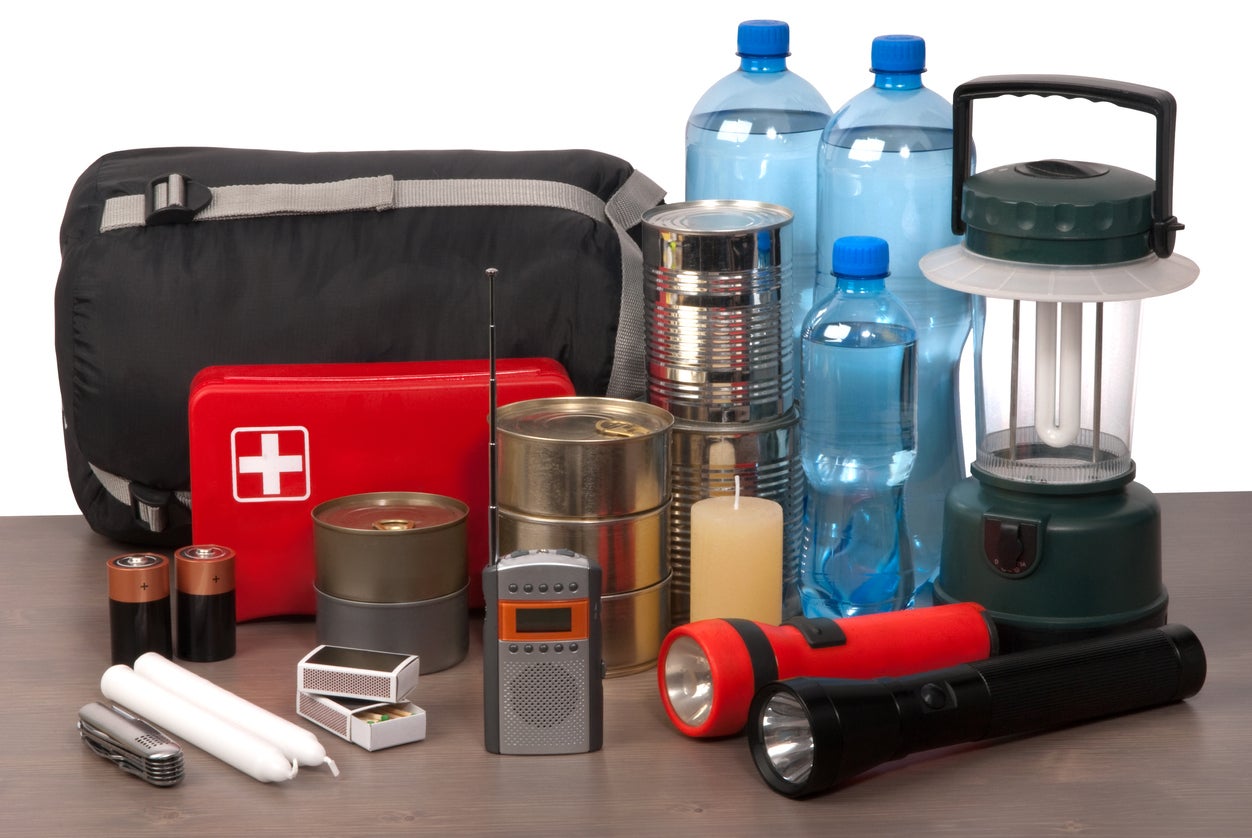
Designate a sturdy, waterproof bag for your family’s emergency kit that will go with you in case of evacuation, or keep necessities in one spot should you shelter in place. The size of the kit will depend on the size of your family and their individual needs, but make sure the full bag can be comfortably carried by an adult. If needed, have more than one bag. Keep the kit in a designated spot and make sure all family members know where it is.
Ready.gov recommends stocking this bag with nonperishable food, a flashlight, a first aid kit, extra batteries, a whistle, a dust mask, plastic sheeting, duct tape, moist towelettes, garbage bags, plastic ties, wrench or pliers (to turn off utilities), a manual can opener, local maps, cell phone with chargers and a backup battery, and cash.
If you have pets, make sure you pack their essentials as well. In addition to these general supplies, remember to pack prescription drugs or other medications, and important family or financial documents. Learn more about how to create a household evacuation plan.
Gather Nonperishable Supplies
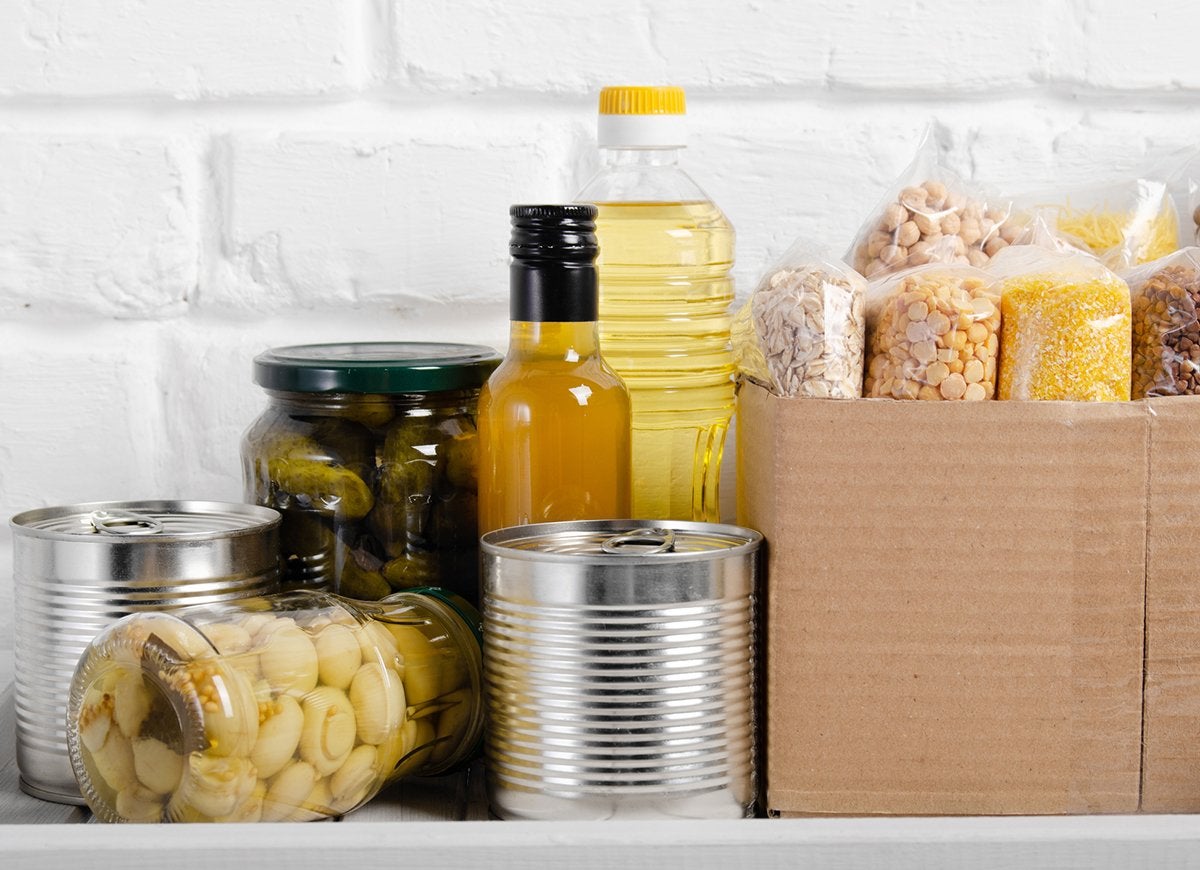
It’s wise to stock up on nonperishable food for your emergency kit and your pantry. Don’t wait until a storm is heading your way; purchase nonperishables way in advance to avoid crowds and anxiety. Choose food that requires no refrigeration, cooking, or little water.
Include bottled water, canned food like meats, fruit, and vegetables, protein or fruit bars, dry cereal, peanut butter, dried fruit, nuts, crackers, and pet food (if applicable). Store these items in a cool, dry place with your emergency kit, in tightly closed plastic or metal containers.
Check food and water supplies every 6 months and replace expired items as needed. Rethink your needs every year and update your kit as your family’s needs change.
Stock up on Water
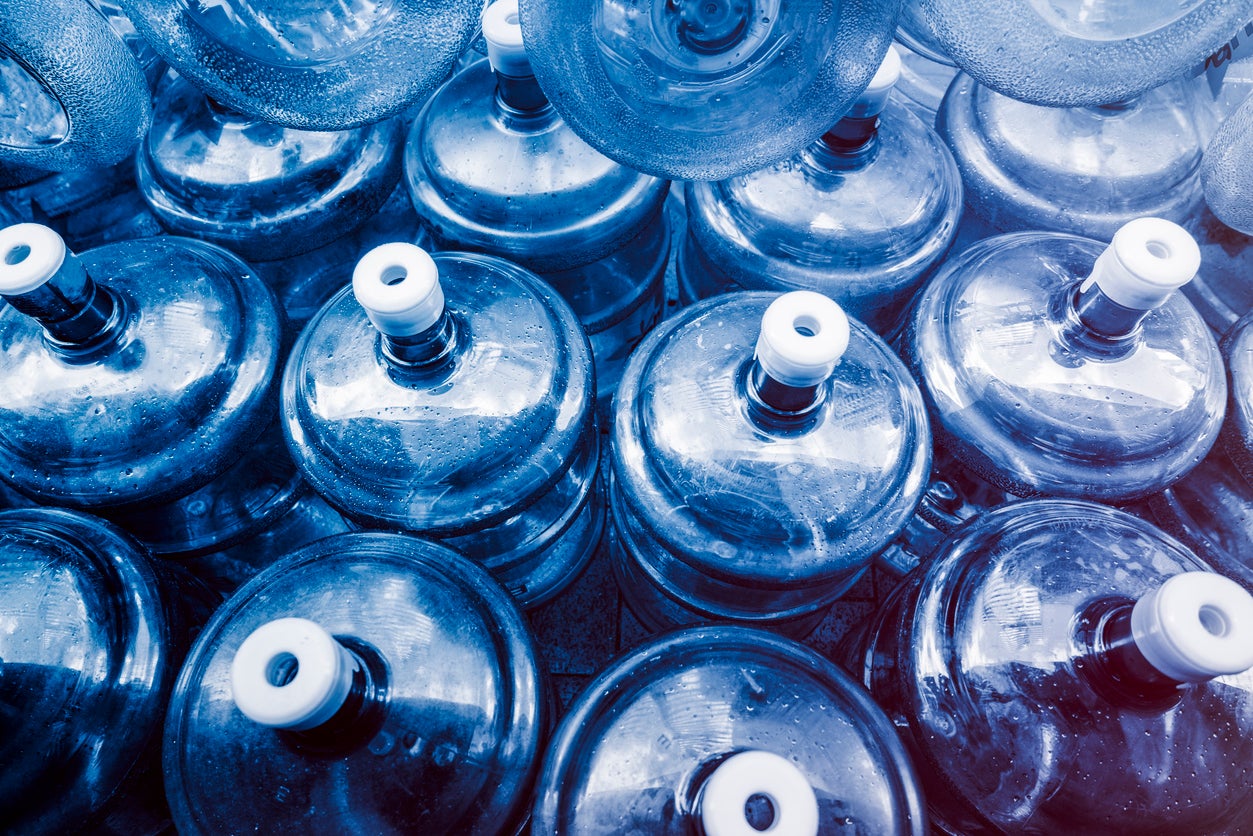
The high winds and flooding caused by hurricanes can damage city wastewater facilities, which can cause water outages that make tap water unsafe to drink. More than 200 wastewater treatment facilities were impacted by Hurricane Katrina in Mississippi, Louisiana, and Alabama in 2005.
Prepare for a water outage by making sure you have enough water for everyone in the household for at least three days. FEMA and the Red Cross suggest having 1 gallon of water per person per day. So, a family of four should have at least 12 gallons of bottled water for emergencies.
Get a Radio
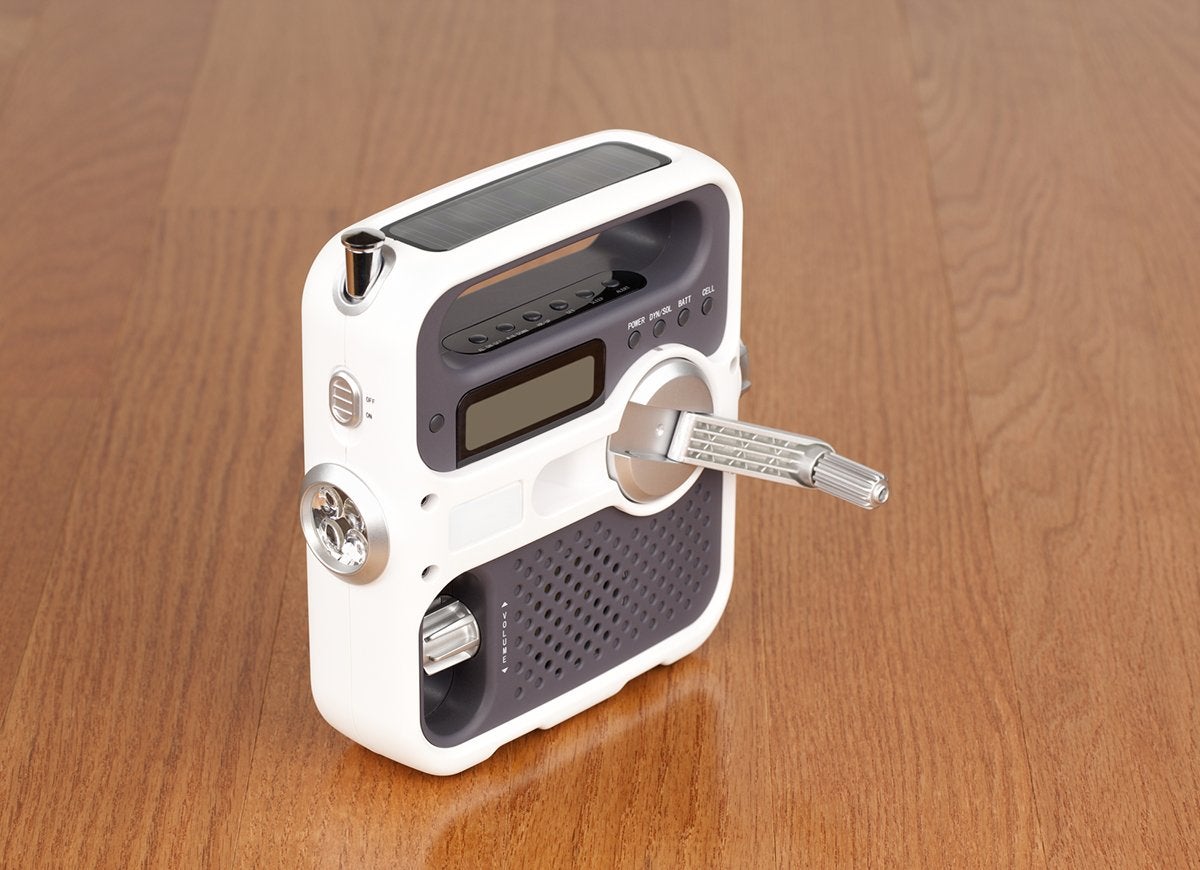
Even if everyone in your family has a smartphone, a battery-powered or hand-crank radio is considered an emergency kit essential by FEMA and NOAA. Radios provide weather alerts and other vital information should you be cut off from cell phones, internet, or electricity. Make sure to get a designated weather alert radio, which will notify you even when the radio is off or tuned to a different station.
Protect Your Pets

Remember your pets’ needs for hurricane preparedness. In addition to foods and medications, have their leashes or carriers accessible. Animals get stressed in emergencies too, so the best way to ensure their safety is to have them leashed or crated for safety and control. As a general precaution, ensure your pets are microchipped and have up-to-date tags on their collar in case of separation.Remember your pets’ needs for hurricane preparedness. In addition to food and medications, have their leashes or carriers accessible. Animals get stressed in emergencies too, so the best way to ensure their safety is to have them leashed or crated for safety and control. As a general precaution, ensure your pets are microchipped and have up-to-date tags on their collar in case of separation.
Review Your Insurance Policy
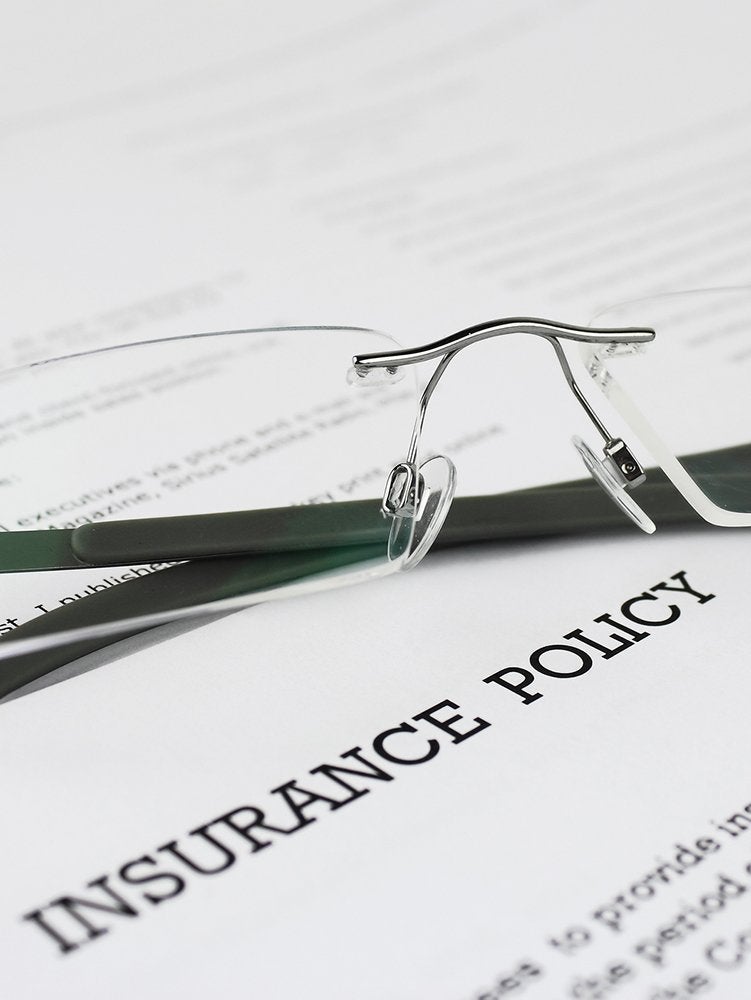
Most standard homeowners insurance policies don’t cover flooding. Even if it’s the result of a hurricane, insurance typically only covers damage from tropical hurricane winds and rain. Flood insurance can be purchased separately. Read through your policy to find out what is covered, and add on coverage as needed.
Related: 9 Things You Won’t Believe Homeowners Insurance Doesn’t Cover
Understand Your Flood Risk
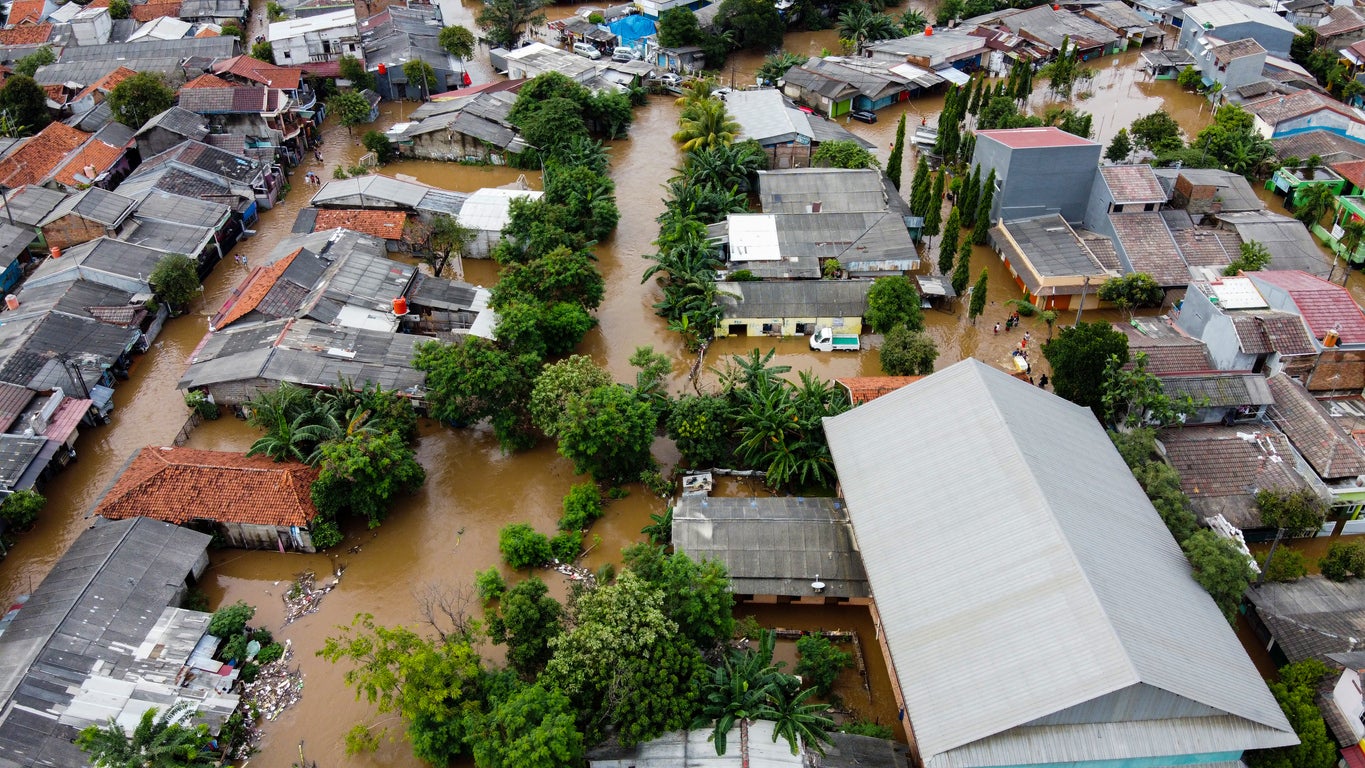
In addition to damaging winds, hurricanes also cause storm surges that flood coastal property and bring heavy rain that can flood inland areas. With that in mind, it’s crucial to know whether your home is in a flood risk zone before hurricane season arrives.
FEMA publishes flood maps that are available online. Sites such as Floodfactor.com allow you to enter your address to find out if flooding is a threat to your home. If your home is rated as a moderate to high risk for flooding, call your insurance company and inquire about adding flood insurance to your policy.
Strengthen Your Home
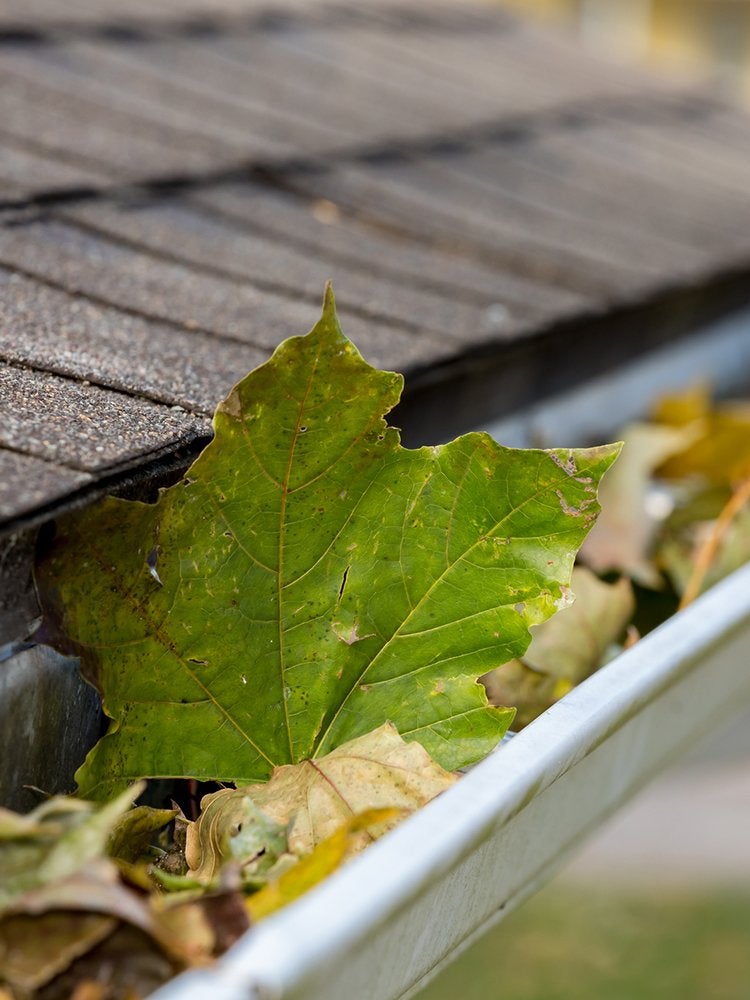
Smart home maintenance tasks help minimize damage caused by high winds and flooding. Clean clogged rain gutters and downspouts to give water a clear path to drain away from your home. Store out-of-season items and put away patio umbrellas and lightweight furniture. Ensure that walkways and exits are free of obstacles.
Consider installing permanent storm shutters or invest in 1/2-inch marine plywood pre-cut to fit your doors and windows should you need to board them up as protection from hurricane-force winds. Another option is to keep plywood on hand for this possibility.
Related: The Ultimate Bug-Out Bag List: 30 Emergency Essentials for When Disaster Strikes
Identify a Safe Room

If you plan on riding out the storm at home or simply aren’t able to evacuate, then identify the room in the house that is the safest place during a hurricane. According to FEMA, the best place to take refuge is in an interior room that is away from any windows, glass doors, or skylights on the lowest level of the house.
If your basement is not a threat to flood, then this is the safest place for you and your family. For homes without a basement, the safest room is typically a first-floor closet or bathroom.
Identify your Utility Shutoffs
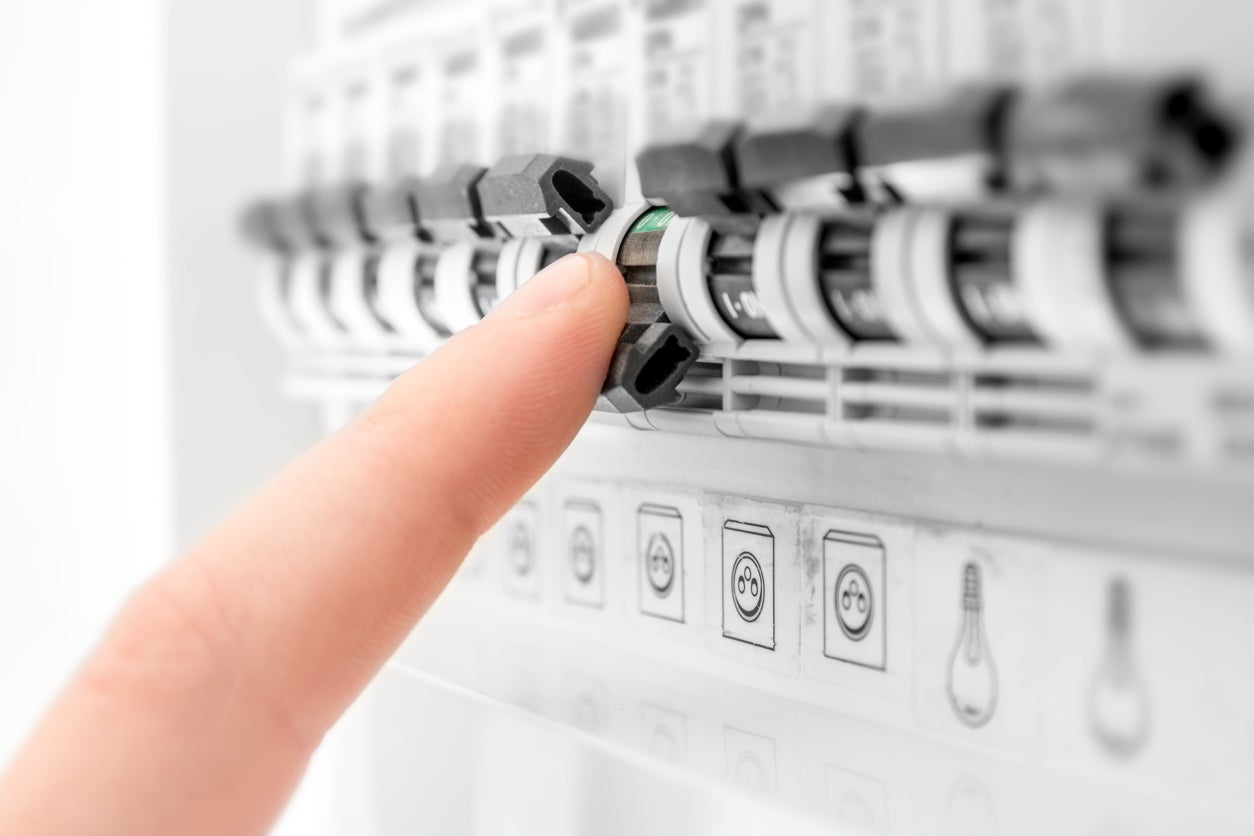
Damage from hurricanes can cause power surges and breaks to water and gas lines, creating the potential for flooding, electrical shock, and fire. Locate the shutoffs for electricity, gas, and water, so you know exactly how to shut off these utilities if needed.
You can shut off your home’s electricity by flipping the main circuit breaker switch in the electrical box, which is typically located in the garage, the basement, or a utility closet. The water main valve for most homes is located in the basement, an outside utility area, or in a closet. To shut off a gas line, use a wrench to turn the shutoff valve by the gas meter on the side of the house into the off position.
Gas Up Your Car
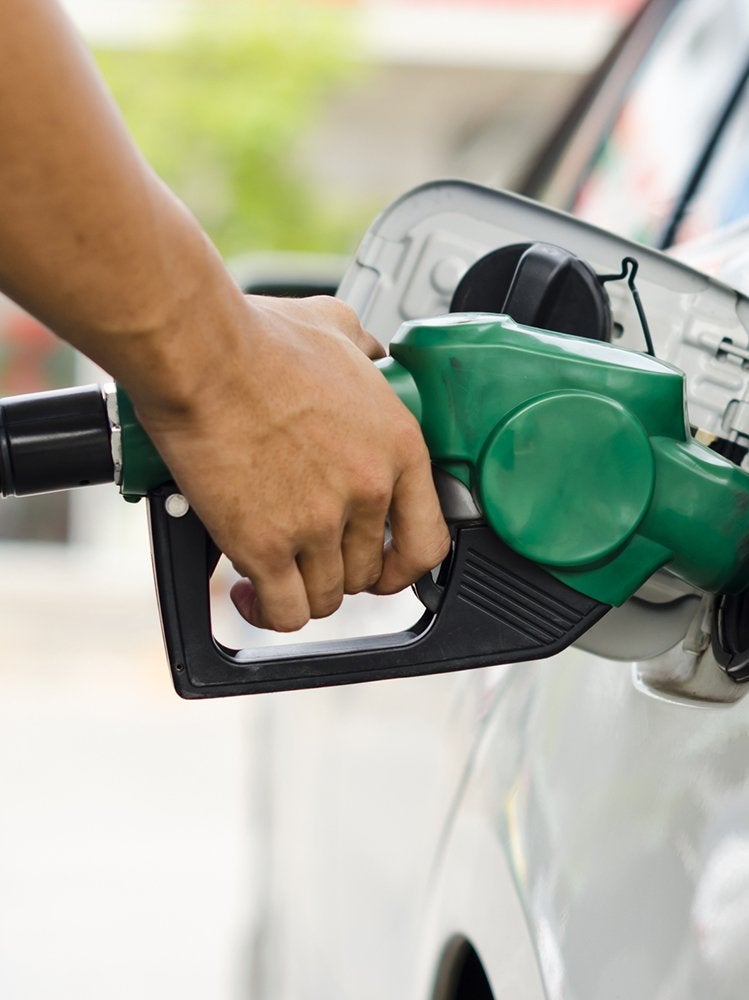
Don’t get caught without enough fuel should an evacuation occur. Make sure your vehicle is gassed up and ready to go. Evacuations may have you sitting in gridlock traffic for hours with limited access to gas stations, so it wouldn’t hurt to have an extra gas can. However, first check with the local regulations on how to safely store gasoline.
Secure Your Car
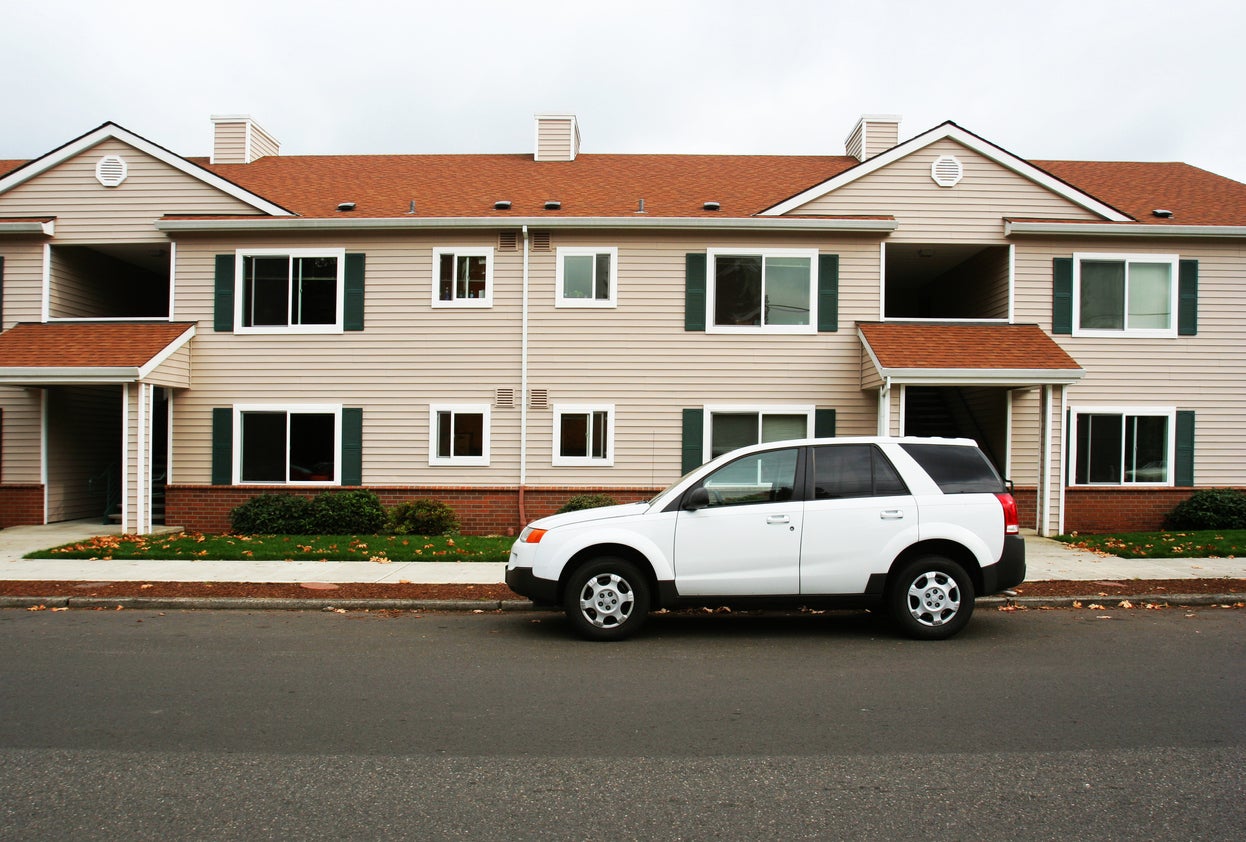
Unless you have a garage to park your car in, it’s vulnerable to all the threats that a hurricane presents, including fallen trees and tree branches, power lines, flood waters, and any debris that might blow through the air
While it may not be possible to eliminate the threats to your car, you can minimize them by parking the car away from trees and electrical lines in an area that is not likely to flood. If possible, park the car against the downwind side of the house to protect it from objects being blown in the wind. Taking these measures will minimize the chances your car is damaged during the storm, and ensures it’s ready to go should you need to evacuate.
Travel Smart During the Storm
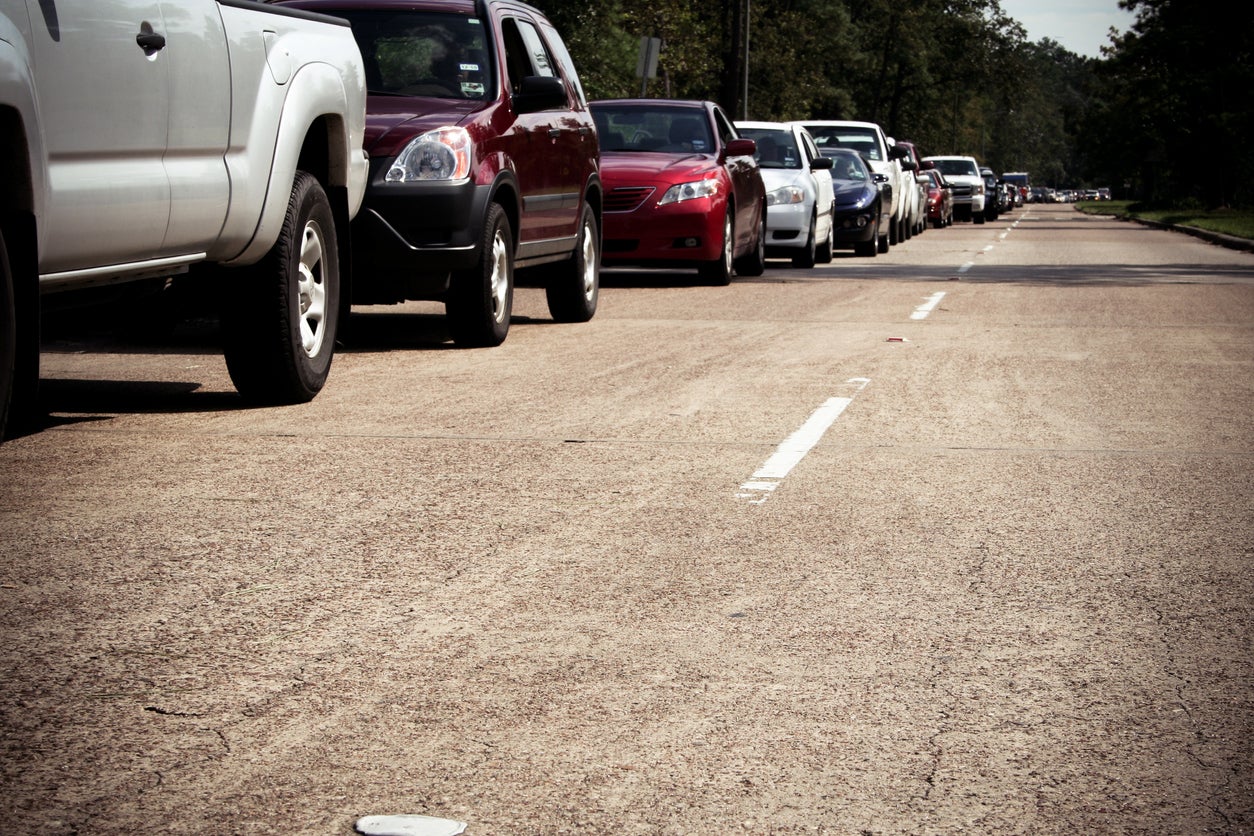
Traveling during and right after severe weather conditions is very dangerous. Of the 26 people killed in North Carolina during Hurricane Matthew in 2016, 17 were in cars that were overwhelmed by floodwaters. In fact, about 95 people die every year in the U.S. as a result of driving into flood water. Since flooding often accompanies hurricanes, select a route that avoids roads that are commonly flooded. It’s often impossible to assess the depth of murky floodwater, so never attempt to drive through a flooded area.
Preserve Perishable Foods
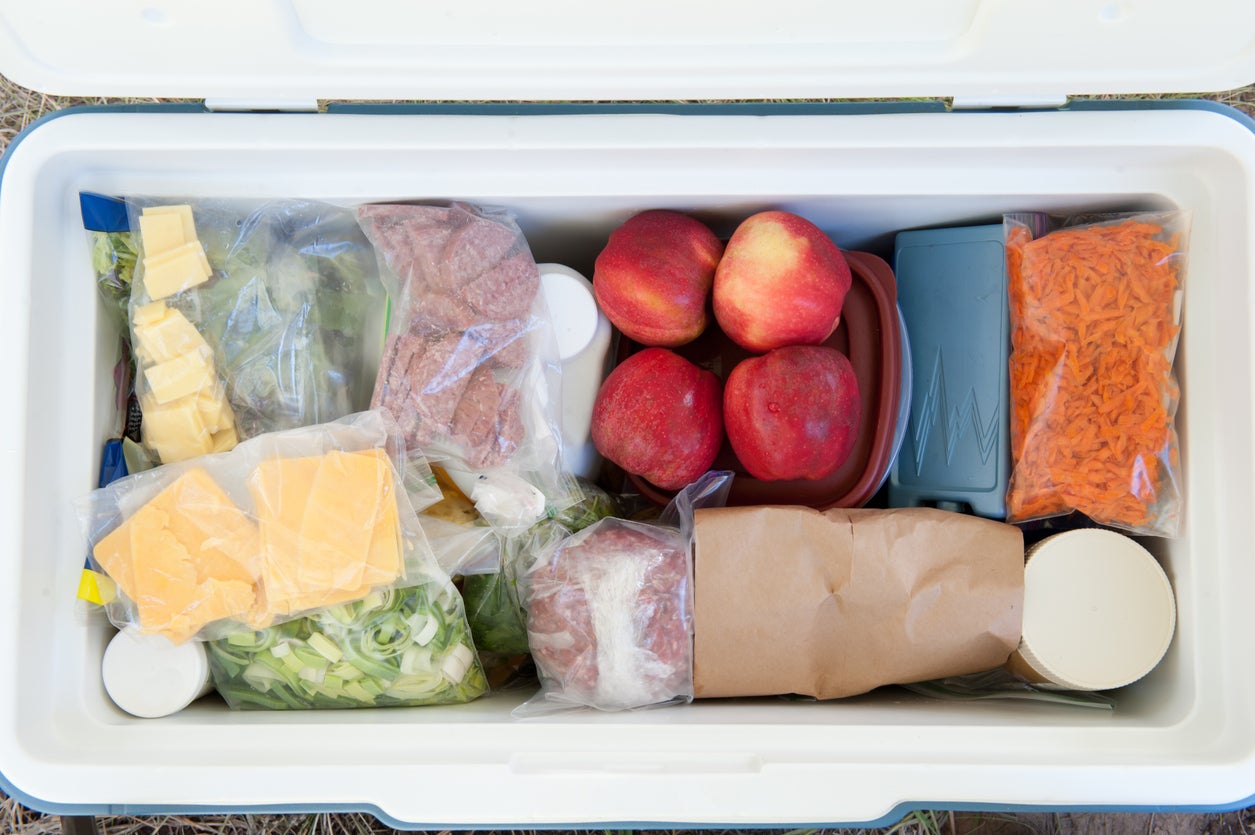
Power outages are common with hurricanes, which means you won’t be able to keep refrigerated food cold unless you have a generator. Even though your fridge may not have power, you can preserve the food inside it for up to two days. If a hurricane is threatening your area, load ice packs into the freezer. According to the Food and Drug Administration, a refrigerator will keep items cool for 4 hours as long as the door remains closed.
When that 4-hour limit is up, tightly pack food from the fridge into a cooler along with the ice packs. A high-end cooler such as this model from YETI (available on Amazon), can preserve perishable food for days. A full freezer will keep food fresh for 48 hours while a half-full freezer will preserve frozen food for about 24 hours.
Hurricane Prep Your Smartphone
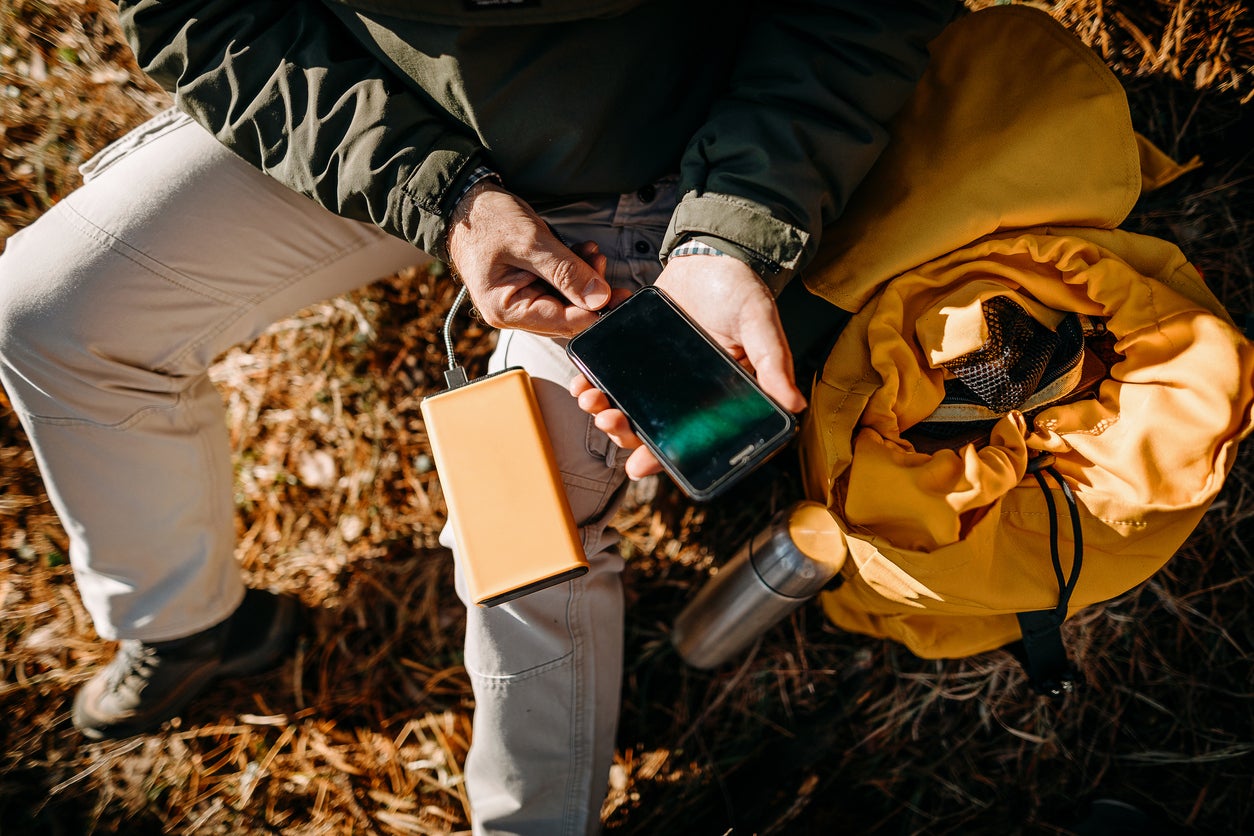
When Hurricane Irma passed through Florida in 2017, it left 6.7 million customers without power. With that in mind, it’s important to have a means of communicating and receiving news that doesn’t require TVs, modems, or routers. Hurricane tracking apps can continue to feed you news and alerts about the storm via a smartphone long after the power has gone out.
Hurricane Tracker, available for IOS and Android phones, provides detailed reports, maps, and alerts that allow you to track the storm as it passes. The American Red Cross and National Hurricane Center also offer hurricane tracking apps. FEMA offers an app that sends real-time alerts to up to five locations while providing location information for shelters and disaster recovery centers.
Prepare for a power outage by keeping your smartphone charged. Also consider purchasing a portable charger, such as this model from mophie (available on Amazon) to extend its battery life. If you are able, mark yourself as “safe” on social media once the storm passes.
Inspect Trees
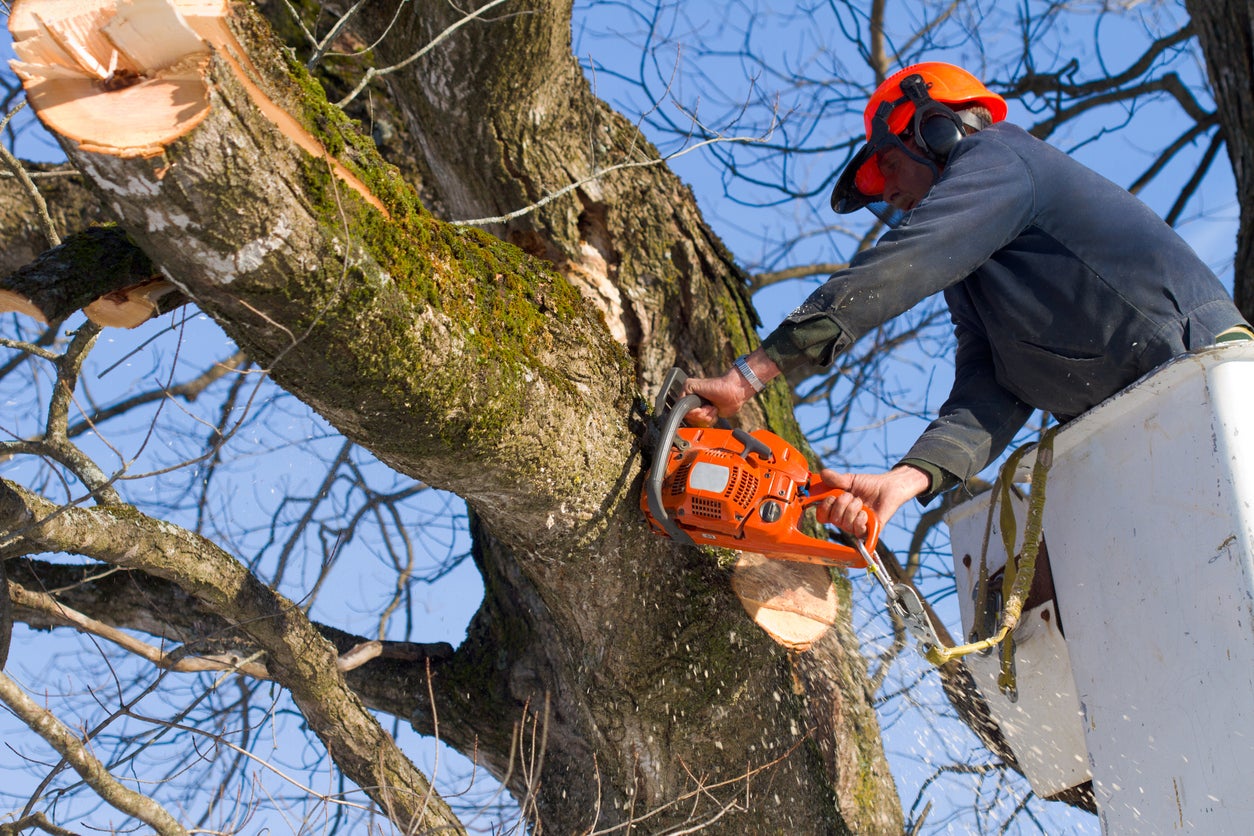
Trees pose a significant threat to homes during hurricane season. Removing trees in preparation for hurricane season isn’t always an option and may not make sense if the tree is healthy and adds to a home’s appeal. Instead, make sure trees are properly pruned to ensure they aren’t susceptible to damage from high winds. Remove rotting or unstable branches that are likely to fall in high winds, and consider cutting down any unhealthy trees that are more likely to fall.

Everything You Need for a Lush and Healthy Lawn
Keeping your grass green and your plants thriving doesn’t just take a green thumb—it starts with the right tools and supplies.

